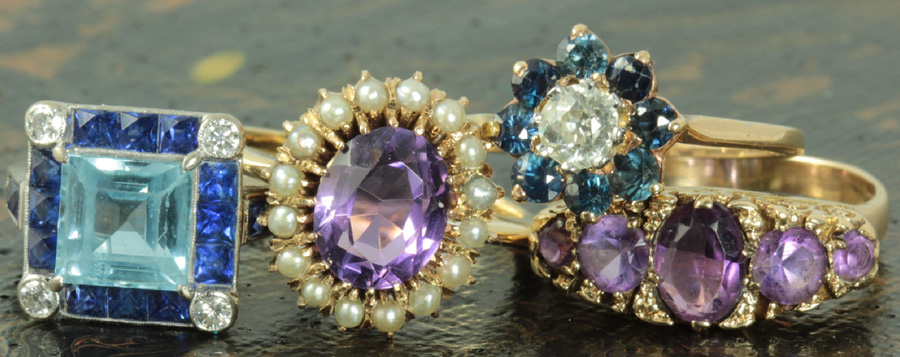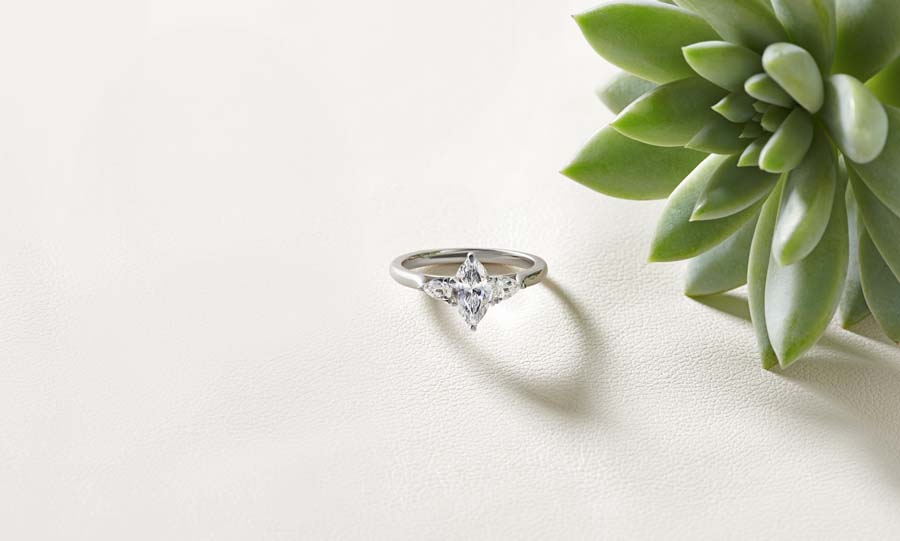
Platinum or White Gold. How to Choose?
There’s no question that both white gold and platinum are excellent choices for your rings, so it’s totally down to personal preference which one you’ll choose. Learn the facts and make an informed decision which will suit your lifestyle, intentions and budget.
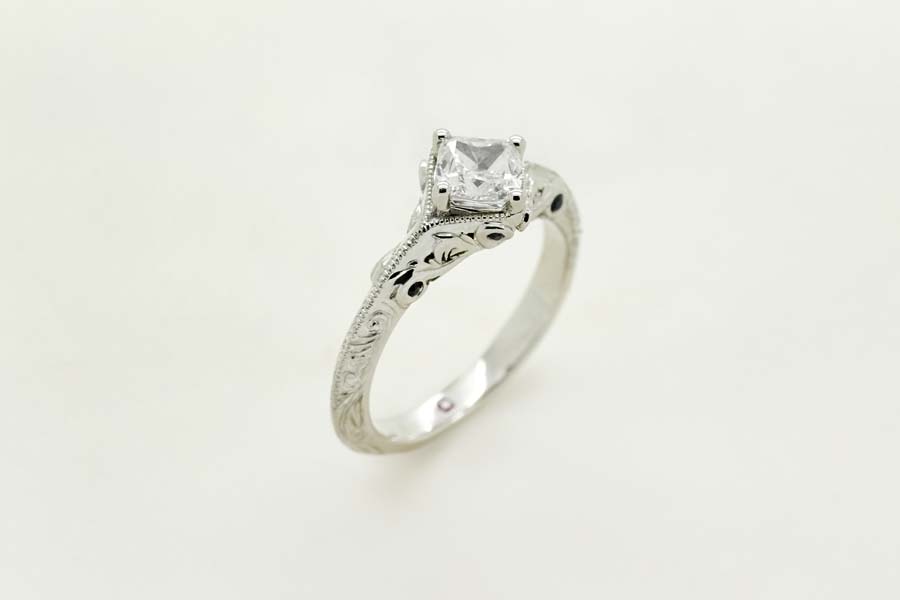
As Precious as Your Love
Have you ever wondered why platinum carries a premium price point? The main reason is that it’s mined at only a tenth of the rate of gold mining, making it more scarce. Additionally, while both platinum and white gold have a bright silver appearance which enhances the sparkle of a centre stone, this appearance only comes naturally to platinum. White gold is plated with rhodium to give the metal a white shine, and this plating wears away over time. Platinum, on the other hand, is naturally chrome and lustrous, meaning it requires very little maintenance. Platinum is incredibly durable, so while other metals wear down quickly if scratched (and, let’s be honest, this happens with every metal), platinum retains its white-silver colour. With no plating to wear off, platinum develops a beautiful patina with time, making it an excellent choice for bridal jewellery that is seldom taken off.
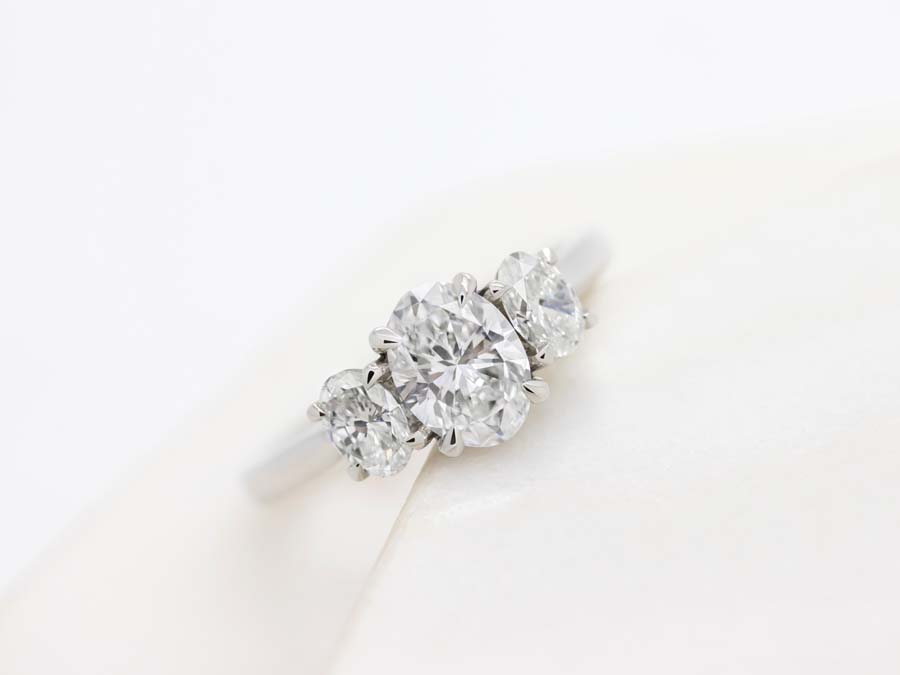
High Maintenance
A simple polish is enough to retain platinum’s shine. White gold, on the other hand, is a mixture of yellow gold and other metals like nickel, palladium and silver which make it look white. It’s actually those other alloys that densify the white gold as pure gold is extremely soft and not suitable for making jewellery. 18k white gold jewellery contains 75% pure gold, so this is probably the best carat weight choice when going for white gold. The above-mentioned alloys, however, also hold a big disadvantage against platinum. The outer layer of rhodium on white gold wears away easily, especially in everyday wear, so it needs replating each 12 to 18 months.
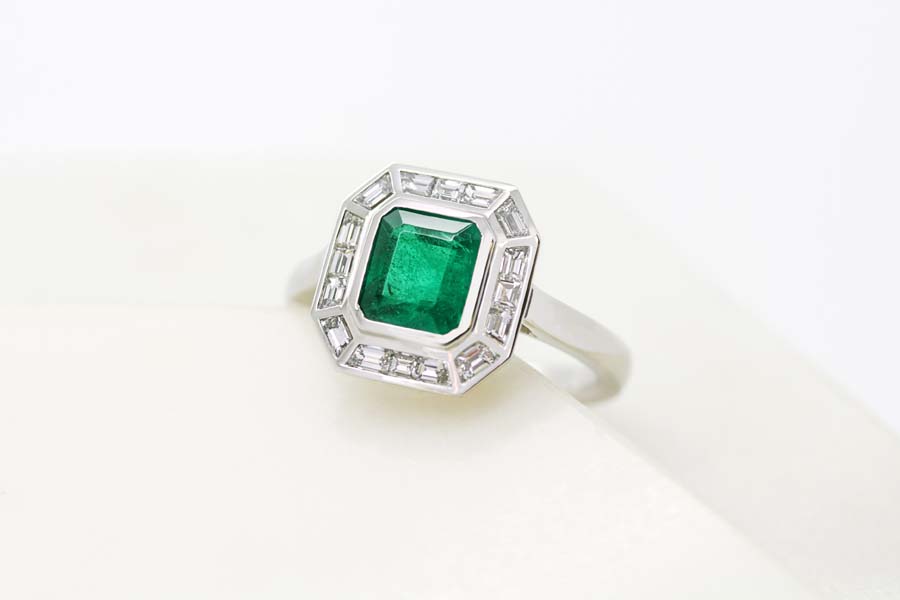
No Rash
Did you know that it’s mostly women who suffer from skin allergies and dermatitis? A contributing factor is a fact that women wear more metal jewellery (including watch bands and belt buckles) which are mixed with nickel, a very allergenic metal. Platinum’s purity makes it naturally nickel-free and hypoallergenic, ideal for those with sensitive skin. Platinum engagement rings can be worn every day with comfort and ease.
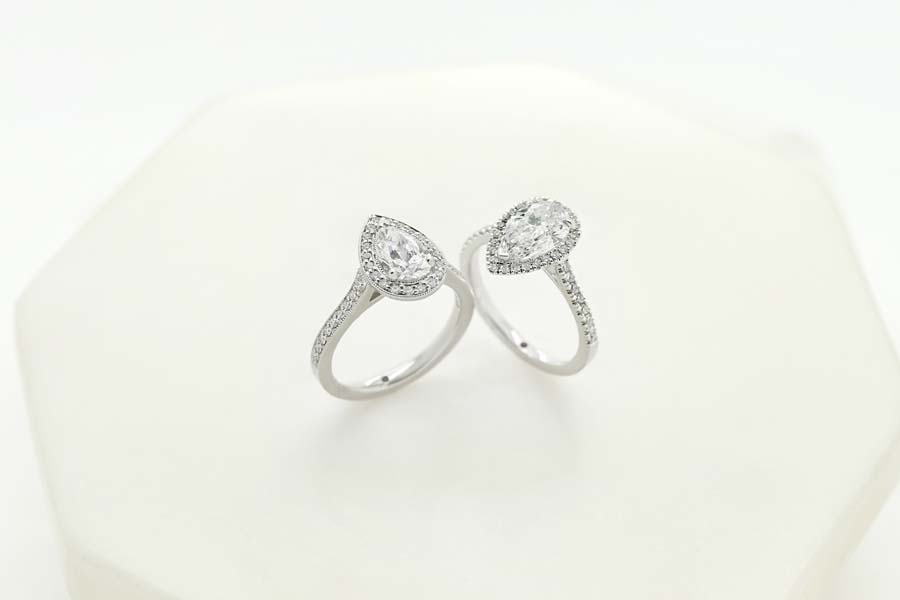
Sustainability
While white gold engagement rings are initially more affordable, there is a maintenance cost involved every 18 months. This means that in the long run, white gold doesn’t have the same investment value as platinum. If you’re buying a ‘capsule’ item, meaning an essential piece of your jewellery collection that you might pass down through generations, then it’s probably worth choosing platinum over white gold. Time will only improve its appearance.
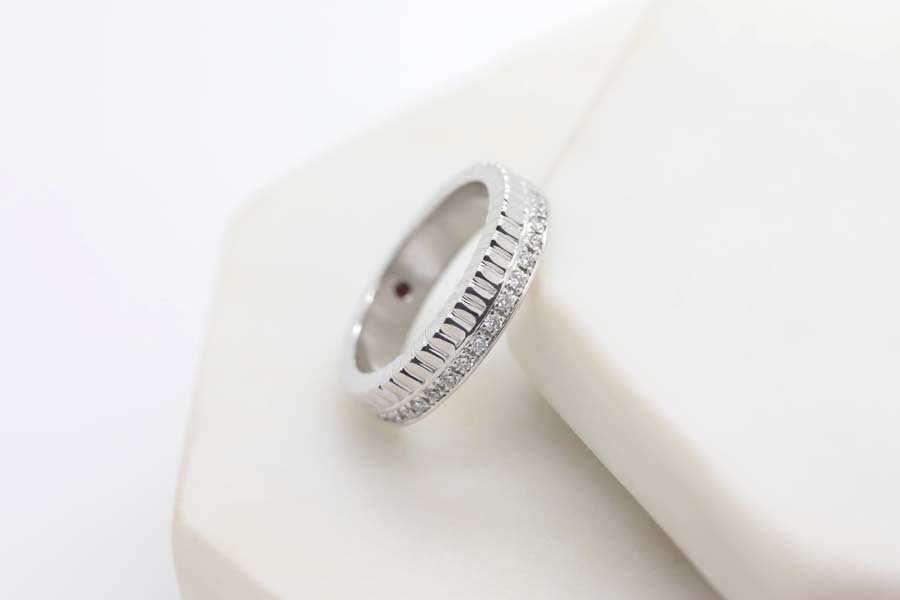
But the choice is yours. Think of jewellery, and especially of your engagement and wedding rings, as a true representation of your beliefs and values. So choose what speaks to you and what will stand the test of time.





